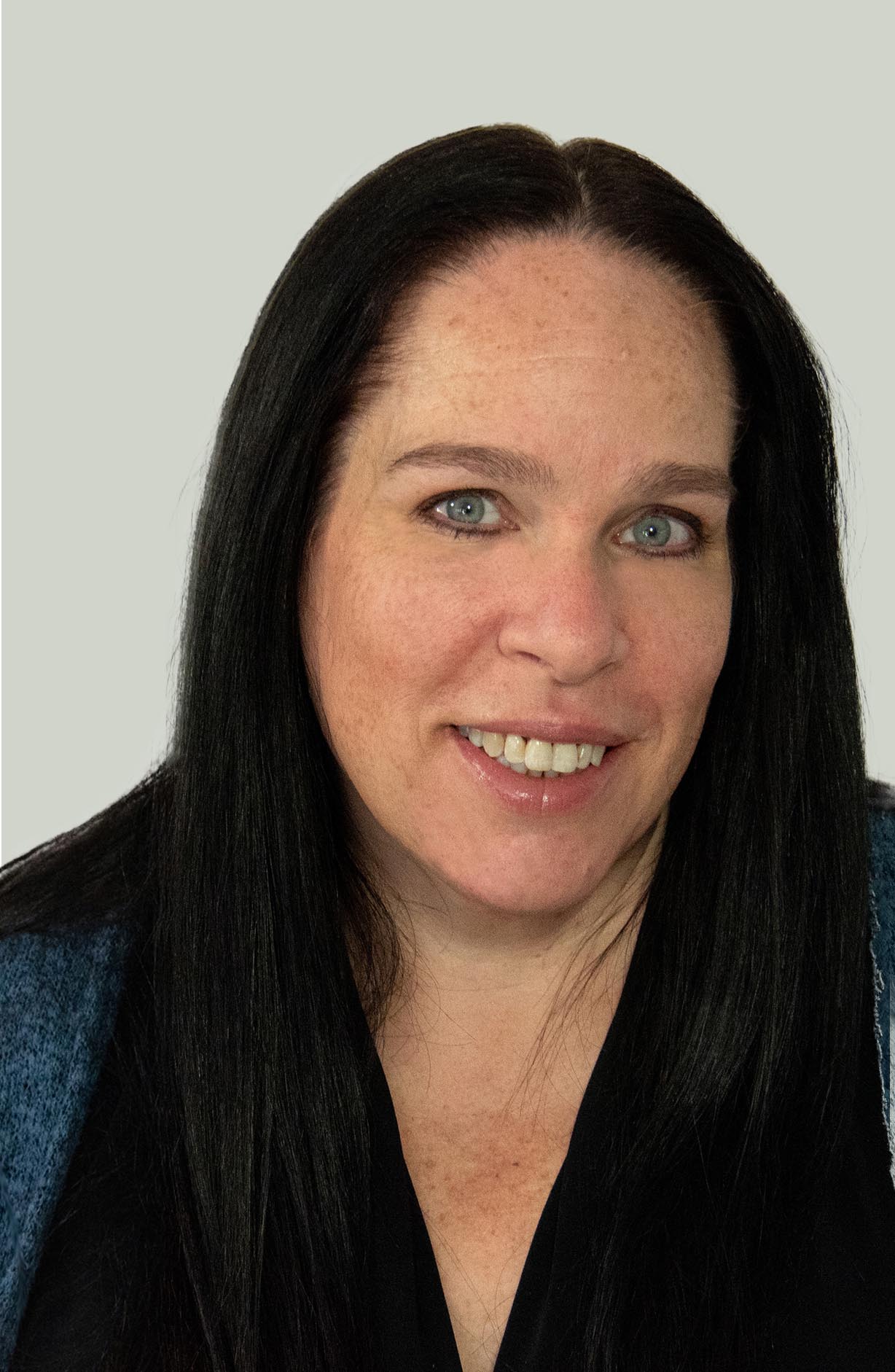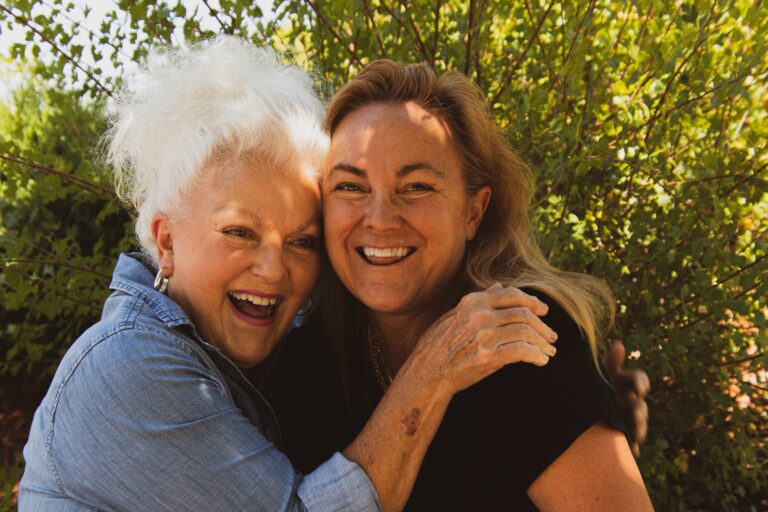First, let’s take a moment to applaud. Whether it’s bouncing back from a stroke, navigating the aftermath of heart surgery, recovering from that hip replacement, or grappling with the challenges of neurological conditions like Parkinson’s, rehab has been a crucial chapter in their recovery story.
Understanding the reason behind the rehab stay is essential. Let’s break it down:
- Stroke Rehabilitation: From relearning basic skills to managing potential vulnerabilities at home, stroke recovery is a journey.
- Cardiac Rehabilitation: Heart health doesn’t end at the hospital door. It’s an ongoing commitment to lifestyle, medications, and monitoring.
- Orthopedic Rehabilitation: That new hip or knee needs more than just surgical precision; it needs home care, physiotherapy, and a watchful eye.
- Neurological Rehabilitation: Parkinson’s, multiple sclerosis, spinal cord injuries – the brain and nerves demand consistent care and understanding.
- Pulmonary Rehabilitation: Breathing easy after a respiratory ailment means continued respiratory therapy and vigilant monitoring.
- Fracture or Fall Rehabilitation: Avoiding future falls and ensuring steady footing is paramount, especially for our beloved seniors.
- Cognitive Rehabilitation: Alzheimer’s and other dementias require structured routines, memory care, and a sprinkle of patience.
- Amputation Rehabilitation: The journey of adapting post-amputation extends to mastering mobility and emotional acceptance at home.
- Oncological Rehabilitation: Cancer is tough, but the recovery process, with pain and fatigue management, is equally vital.
- General Surgical Recovery: From appendix removal to more intensive surgeries, every surgical scar has its own tale of recovery.
Now, with this backdrop, the transition from the controlled, supportive environment of rehab to the comforts (and challenges) of home becomes even more pivotal. But you’re not alone in this! Engaging with a home care agency even before discharge can be a game-changer. These agencies offer an extra layer of support, from assessing the home environment to laying down a tailored care plan. Consider them your backstage crew, ensuring the spotlight is always on your loved one’s well-being.
With that in mind, let’s dive into your action plan…
1. Bring in the Calvary: The Home Care Brigade
Navigating the post-rehab world might feel like threading a needle in dim lighting, but with the right partners by your side, that needle turns into a giant lighthouse. Let’s delve deeper into the significance of engaging these agencies even before the discharge whistle blows:
A. Home Health Services (HHA):
-
- Pre-Discharge Engagement: Engaging with HHAs before your loved one exits rehab allows for a comprehensive assessment of their medical needs. They can liaise with the rehab facility to get a grip on the treatments administered and the progress made.
- The Seamless Transition: With a thorough understanding, they can help design a continuation of care plan, ensuring a seamless transition with no gaps.
- Scope of Work: From administering medications and wound care to providing physical or occupational therapy, these superheroes in scrubs cater to the medical facet of post-rehab care.
- Hours of Work: Typically, HHAs might operate anywhere from a couple of hours a few times a week to more extensive care schedules based on the patient’s requirements.
B. In-Home Personal Caregivers (PAS):
-
- Pre-Discharge Engagement: Engaging with PAS professionals beforehand allows them to understand the home environment, daily routines, and personal preferences of your loved one.
- The Seamless Transition: This early engagement aids in setting expectations, understanding the rhythm of the household, and preparing for a harmonious integration.
- Scope of Work: While they don’t provide medical care, their domain is equally vital. From assisting with bathing, dressing, meal preparations to even companionship, they ensure daily life flows smoothly.
- Hours of Work: Their hours can vary widely based on need – from a few hours daily to live-in arrangements.
C. Home Modification Contractors/Companies:
-
- Pre-Discharge Engagement: Having a professional assessing your home before your loved one returns can spotlight potential hazards or areas of discomfort. These companies can suggest modifications based on the specific needs of the patient.
- The Seamless Transition: Imagine coming home to a space already adapted to your needs! That’s the beauty of early engagement. No waiting for modifications after returning, no interim adjustments. Just smooth sailing.
- Scope of Work: From installing ramps, grab bars, widening doorways for wheelchair access, to even advanced modifications like accessible bathrooms or elevators, they revamp homes to be safer and more comfortable.
- Hours of Work: The actual work hours will depend on the scope of the project. While minor modifications may take a day or two, more significant changes might span weeks.
Planning and engaging with these agencies before discharge not only ensures a smoother transition but also instills a sense of security and preparation. After all, coming home should feel like a warm embrace, not a puzzle waiting to be solved.
2. Call for Reinforcements: Outpatient Services
Just because your loved one is home doesn’t mean therapy needs to end.
A. Outpatient Rehabilitation Centers:
-
- What to Look For: Seek centers with a good reputation, experienced staff, and personalized therapy programs. Patient testimonials, online reviews, and doctor recommendations can be invaluable.
- Getting There: Many centers might be situated locally, so it could be a short car ride away. For those without personal transport, some centers may offer shuttle services, or you could consider public transportation or ride-sharing services.
- Duration of Stay: Unlike in-patient rehab, outpatient services are typically for shorter durations, ranging from an hour to a few hours based on the therapy session’s intensity and nature.
- Activities & Therapies: These centers usually offer a gamut of services – from physical, occupational, and speech therapies to specialized sessions for conditions like stroke or cardiac recovery.
B. Day Programs:
-
- What to Look For: Find programs that offer a mix of therapeutic and recreational activities. Check the staff-to-participant ratio to ensure personalized attention and look for facilities that cater specifically to your loved one’s age group or condition.
- Getting There: Day programs are generally local and might be linked with senior centers or other community organizations. Transportation might include family drop-offs, program-provided shuttles, or community transport services.
- Duration of Stay: These are typically full-day programs, often running from morning to late afternoon. However, half-day options might also be available based on the program’s structure.
- Activities: A blend of therapeutic activities like mild exercises or cognitive games, and recreational ones like arts, crafts, music sessions, group discussions, or even excursions. The goal is holistic well-being, catering to both mind and body.
Remember, outpatient services act as a bridge between intensive in-patient care and complete home-based recovery. It’s all about ensuring your loved one maintains the gains from rehab and continues to thrive.
3. Where Do We Go From Here? Senior Living Communities
Sometimes, returning home isn’t the most viable or beneficial option for seniors. Luckily, there’s a vast landscape of communities crafted with seniors in mind. Let’s unpack the features and considerations of some of these:
A. Assisted Living:
-
- Services Provided: Assisted living communities typically offer a spectrum of services, from daily meal preparation, housekeeping, and laundry to medication management and transportation for appointments or outings.
- Level of Support: Think of it as a middle ground between total independence and intensive care. Residents live in their own apartments but have access to assistance whenever required.
- Evaluating Buildings: When touring potential communities, note the cleanliness, the state of amenities (like gyms, communal spaces, gardens), apartment layout, and accessibility features. Engage with the staff and gauge their responsiveness and demeanor.
- Red Flags: A high staff turnover, negative resident feedback, limited recreational or therapeutic activities, unexplained extra fees, or a lack of transparency in communication are potential warning signs.
B. Memory Care:
-
- Services Provided: Apart from standard care services akin to assisted living, memory care communities also offer specialized therapies, structured routines, and cognitive activities tailored for individuals with memory impairments.
- Level of Support: These facilities provide an elevated level of care, given the unique challenges faced by residents with cognitive conditions. The staff usually undergo specialized training to cater to these needs.
- Evaluating Buildings: Beyond the usual amenities, ensure there are secure areas for residents to roam, clear signage, and non-confusing layouts. Therapeutic spaces like sensory gardens or art rooms can be a plus.
- Red Flags: Inadequate staff training, a lack of individualized care plans, limited engagement or therapeutic activities, or any signs of neglect or unaddressed resident concerns should raise alarms.
In both scenarios, it’s invaluable to gather feedback from current residents or their families. After all, a community should be more than just a place to stay; it should feel like home. The goal is ensuring your loved one’s golden years are not just safe and comfortable, but truly enriching. If you would like help with this process, you can often find professionals in your area who offer to assist you with senior living alternatives (often at no cost to you). They will know all the questions to ask to help you choose a good community.
4. The Brain Trust: Senior Care Advisors
Imagine trying to find your way through a vast, intricate labyrinth without a map. That’s what diving into the senior care landscape can feel like without expert guidance. Enter senior care advisors – your savvy navigators in this complex journey.
-
- Who Are They?: Senior care advisors are professionals, often with backgrounds in gerontology, social work, nursing, or related fields. Their expertise lies in understanding the myriad of senior care options, from in-home care to specialized facilities.
- Guidance Tailored for You: Their primary role is to assess your loved one’s unique needs, preferences, and financial situation. Using this insight, they match your family with the most appropriate and beneficial care solutions.
- Extensive Resources: These advisors don’t just operate based on instinct or general knowledge; they come equipped with comprehensive databases, listings, and reviews of various services and facilities. Whether you’re looking for a top-tier assisted living community in your area or seeking information on senior day programs, they’ve got the details.
- Objective Recommendations: A commendable senior care advisor should offer impartial advice. They’re not salespeople but consultants whose primary interest is the well-being of your loved one.
- Navigating the Paperwork: The realm of senior care isn’t just about finding the right place or service; it’s also about understanding contracts, rights, and often, intricate paperwork. Advisors can help demystify these documents, ensuring you’re well-informed before signing on any dotted lines.
- Financial Counseling: One of the challenging aspects of senior care is the financial commitment. A seasoned advisor can offer insights on potential financial aid, insurance nuances, and cost-saving strategies.
- Red Flags: While many advisors are genuine advocates, be wary of those who seem overly pushy, have affiliations that they don’t disclose, or don’t invest time in understanding your specific needs.
In essence, a senior care advisor is like a trusty GPS, ensuring you take the most direct and suitable route in the vast terrain of elder care. With their guidance, you’re not just making decisions; you’re making informed, well-considered choices.
5. Hold the Line: Support Groups
Remember, you’re not alone on this journey. Many have walked the path before and offer the comforting wisdom of experience. Look for local caregiver support groups. They’re the unsung heroes of the aftercare world. Here’s where caregiver support groups, the hidden lighthouses in this journey, come into play.
Types of Support Groups:
-
- Condition-Specific Groups: These groups are tailored for caregivers of individuals with specific conditions, such as Alzheimer’s, Parkinson’s, or post-stroke. They provide a space to discuss challenges unique to these conditions.
- General Caregiving Groups: Ideal for those looking for broad advice, these groups address the holistic challenges of caregiving, from managing stress to balancing work and care responsibilities.
- Bereavement Groups: For those who have lost their loved ones, these groups offer a safe space to process grief and find ways to cope.
- Online Forums & Communities: Digital age marvels, these platforms offer 24/7 support, enabling caregivers to connect with peers worldwide, share stories, and seek advice.
Where to Discover These Groups:
-
- Local Hospitals & Health Centers: Many medical facilities host or are aware of support groups tailored for caregivers in the community.
- Senior Centers: These hubs of elder activity often have bulletin boards or newsletters highlighting upcoming support group meetings.
- Online Directories: Websites like the Alzheimer’s Association or the Family Caregiver Alliance have directories of support groups based on location and condition.
- Social Media: Many support groups have active Facebook or other social media pages where caregivers can join and participate in discussions.
- Therapists & Counselors: Mental health professionals, given their exposure to caregiving challenges, can be excellent resources for group recommendations.
Why Join?:
-
- Shared Wisdom: Each member brings a wealth of experience and tried-and-tested strategies that can be invaluable to others.
- Emotional Release: It’s a space to vent, cry, laugh, and share without judgment.
- Resource Pooling: From finding the best local services to understanding legal intricacies, collective knowledge is a treasure.
Remember, caregiving, though rewarding, can also be isolating. But by tapping into the collective wisdom and camaraderie of support groups, you not only enhance your caregiving toolkit but also fortify your emotional well-being. They truly are the unsung heroes of the aftercare world.
6. Gear Up: Essential Technologies
From medical alert systems to medication dispensers, technology is here to be our trusty sidekick. Research gadgets that can make daily life safer and more comfortable. You can also read the article I recently wrote Enhancing Senior Living with Smart Home Features: Empowering Independence and Safety In-Home.
In the End…
The transition after rehab can feel like being thrust onto center stage without a script. But here’s the thing – with the right support, the right advisors, and perhaps a little bit of laughter along the way, this next act might just be the best one yet!
So, lights, camera, action! Embrace the journey, and know that there’s a whole cast of characters and communities ready and willing to support you every step of the way.
📸 Image by DCStudio on Freepik

From a young age, Stacey’s link to the senior care industry grew alongside her mother’s work at a nursing home, where she often accompanied her. By her early teens, she secured her first official job at a nursing home, laying the foundation for a profound journey in senior care spanning over four decades. Her roles varied from opening assisted living and memory care residences to working in nursing homes and independent senior living communities. As the former Director of Fun for 300 independent seniors, she expertly organized daily events and trips. Stacey’s unwavering passion, nurtured by her family, and professional dedication as a recreation therapist, reflect her deep commitment to preserving the dignity and well-being of seniors.
Stacey’s senior care expertise has been recognized by the media including U.S. News and World Report and Care.com.
Stacey and her husband Bryan are the owners of the senior in-home care agency A Place At Home – North Austin.




